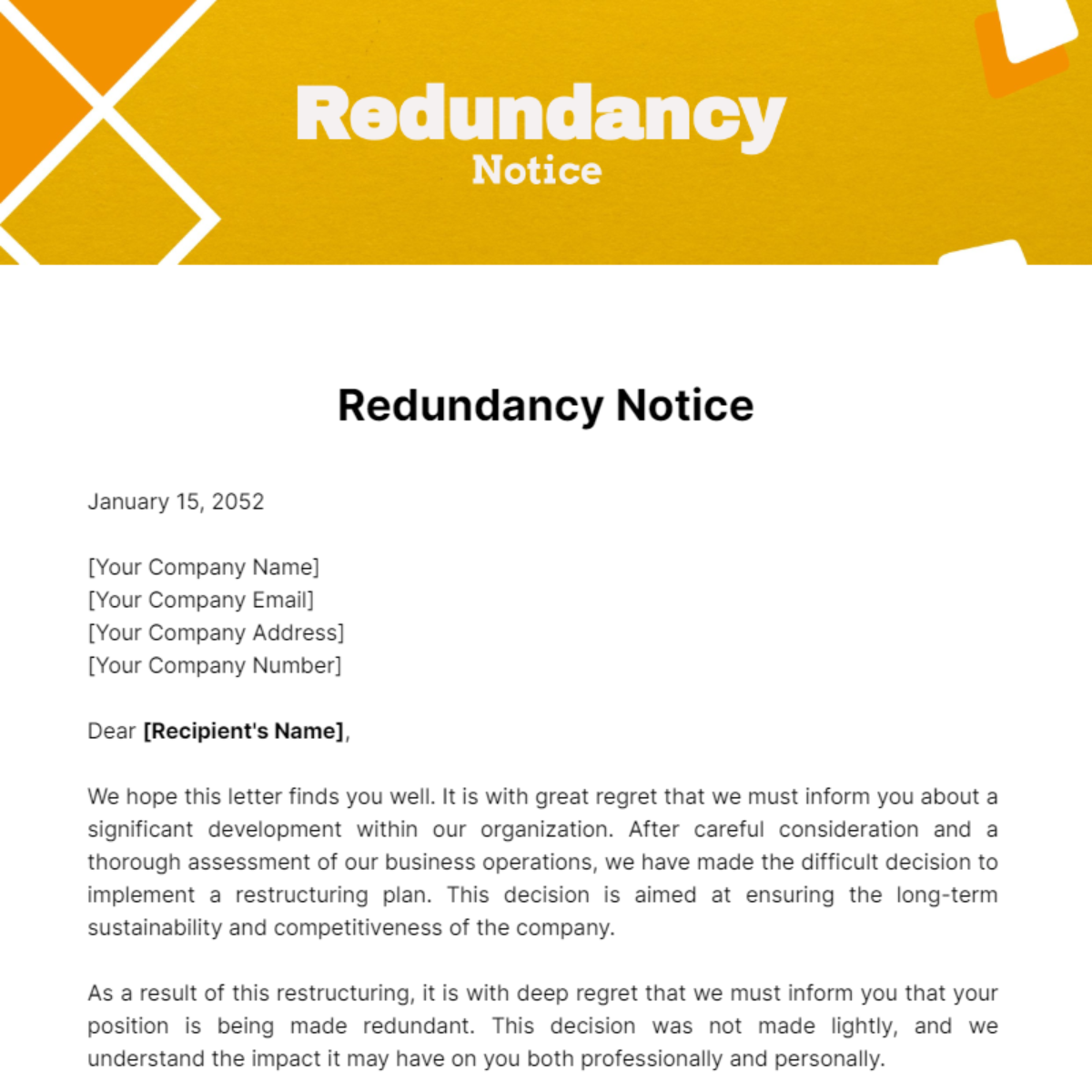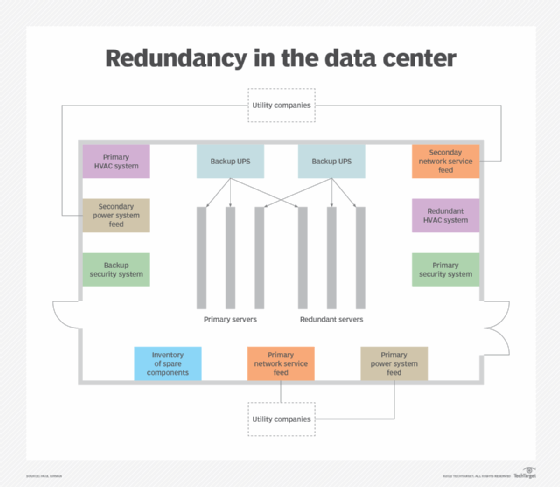If a Company Goes Bust Who Pays Redundancy? Lawful Insights for UK Personnel
Exploring the Interplay In Between Firm Redundancy and Organizational Versatility for Future Growth
In the dynamic landscape of today's service globe, the intricate connection in between firm redundancy and business adaptability emerges as an essential aspect for continual growth and success. Companies typically encounter the obstacle of striking a fragile equilibrium between maintaining a level of redundancy to alleviate dangers and cultivating flexibility to react promptly to the ever-evolving market needs.
Relevance of Company Redundancy
Firm redundancy is an essential element that enhances organizational resilience and reduces operational dangers. By integrating redundancy procedures within the organizational framework, companies can much better hold up against unexpected disruptions and fluctuations in business environment. Redundancy serves as a critical barrier, permitting firms to adjust and respond successfully to unforeseen challenges without endangering essential procedures.
One trick element of the significance of company redundancy is its function in guaranteeing continuity during times of crisis. When encountered with unexpected modifications or emergency situations, redundant systems, resources, or employees can action in to maintain vital functions and avoid widespread disturbances. This continuity not just safeguards the company's credibility and customer trust fund however also decreases financial losses and functional downtime.

Strategies for Organizational Adaptability

One more critical strategy is investing in technology and facilities that can support versatility and scalability. Carrying out electronic devices, automation, and information analytics can simplify procedures, boost performance, and offer useful understandings for educated decision-making. In addition, developing versatile business frameworks that permit for fast changes to market dynamics and customer needs is essential for staying affordable in a swiftly advancing setting. By proactively determining possible disruptions and possibilities, organizations can proactively adjust and thrive in an ever-changing organization landscape.
Balancing Redundancy and Adaptability
Accomplishing an unified balance in between operational redundancy and business flexibility is critical in browsing the intricacies of a dynamic company setting. Striking the right balance in between redundancy and flexibility is a informative post delicate procedure that calls for a deep understanding of the organization's goals, market characteristics, and threat tolerance.
To attain this balance, companies need to conduct regular assessments of their operations to identify locations where redundancy is necessary for threat reduction and where flexibility can drive development and growth. Executing flexible structures, fostering a society of continual understanding and renovation, and motivating open communication across all levels of the company are vital approaches to balance redundancy and versatility efficiently. By aligning these 2 essential components, business can position themselves for sustainable development and success in an ever-changing service landscape.
Instance Researches on Adjustment Success
In checking out instances of effective business adaptation, it becomes noticeable that the interplay between functional redundancy and versatility is a defining consider shaping resistant organizations. One compelling study is that of Netflix. Originally a DVD rental service, Netflix showed exceptional versatility by transitioning right into a streaming platform when digitalization interfered with the market. By strategically buying technology and web content development, Netflix not just thrived however survived in a swiftly developing market. An additional standout example is Amazon. Beginning as an online book shop, Amazon our website continuously adapted its business model, expanding right into diverse industries such as cloud computing and expert system. This flexibility allowed Amazon to remain ahead of competitors and satisfy transforming consumer needs. Lastly, Adobe provides a notable illustration of successful adjustment. The company moved from offering software application licenses to a subscription-based design, ensuring persisting profits streams and improved client involvement. These case researches emphasize the significance of functional redundancy paired with business versatility in fostering long-term development and competition.
Building Resilience for Future Growth
Structure strength for future development requires a strategic alignment of functional procedures with market characteristics and emerging trends. Companies must adjust to altering atmospheres by promoting a society of adaptability, innovation, and continual enhancement. Durability involves not just recovering from obstacles however also proactively planning for future difficulties. One essential facet of structure resilience is buying durable risk monitoring methods to reduce potential disturbances. This includes circumstance planning, diversifying supply chains, and developing backup prepare for various article backups (who pays redundancy money).
Additionally, fostering strong relationships with stakeholders, such as clients, staff members, vendors, and the neighborhood, is vital for keeping and weathering uncertainties count on and assistance during rough times. Reliable interaction and transparency play a crucial role in structure durability, as they aid promote and straighten assumptions collaboration in navigating unpredictabilities.
Moreover, organizations need to focus on understanding and growth efforts to upskill employees and furnish them with the needed devices to adapt to altering conditions. By purchasing their labor force, business can enhance their adaptability and agility, inevitably strengthening their durability for sustainable future growth.
Verdict

In the dynamic landscape of today's organization globe, the complex connection in between business redundancy and organizational flexibility arises as a crucial aspect for continual growth and success. Firms frequently deal with the obstacle of striking a delicate equilibrium between maintaining a level of redundancy to reduce dangers and cultivating versatility to react swiftly to the ever-evolving market needs.To achieve this equilibrium, firms require to carry out regular assessments of their procedures to recognize areas where redundancy is needed for risk reduction and where flexibility can drive development and development.In verdict, the interaction between company redundancy and business flexibility is important for future growth. Structure durability through a mix of redundancy and flexibility will make certain that companies are prepared for the obstacles of the future.